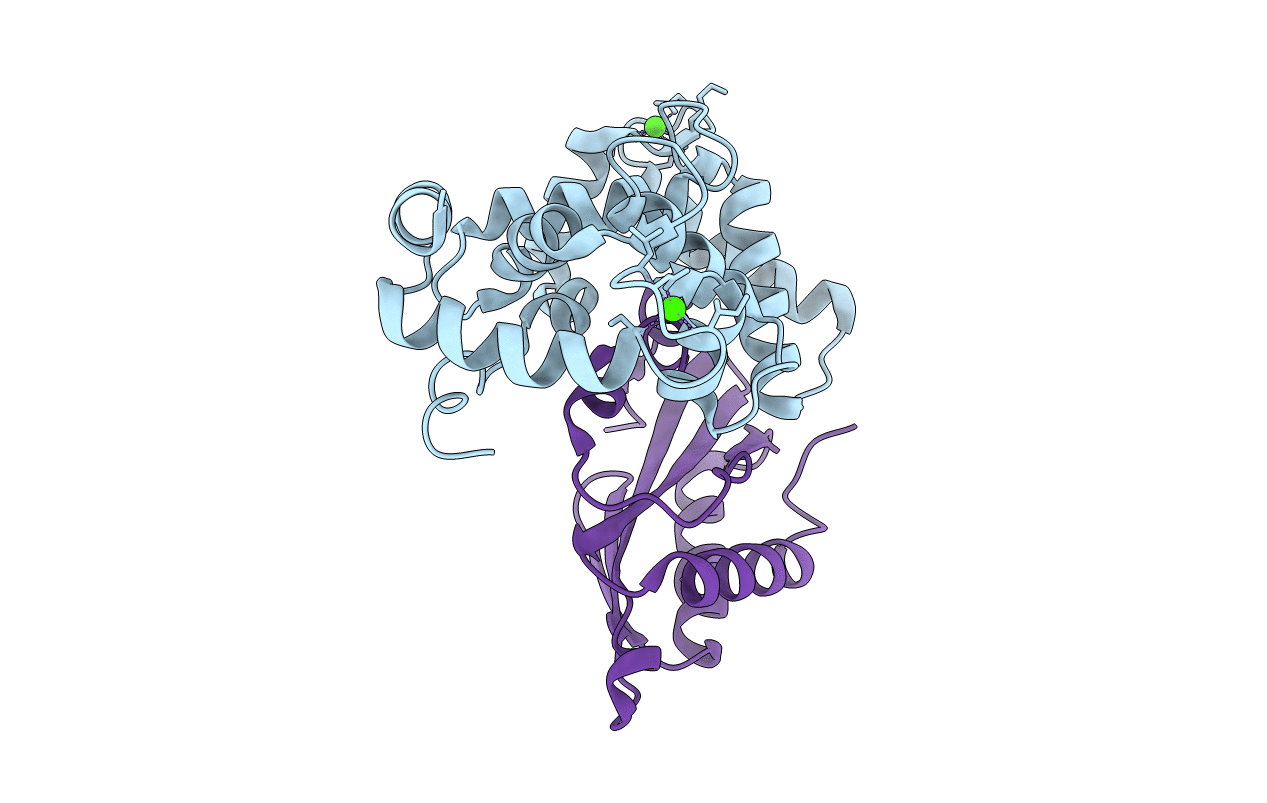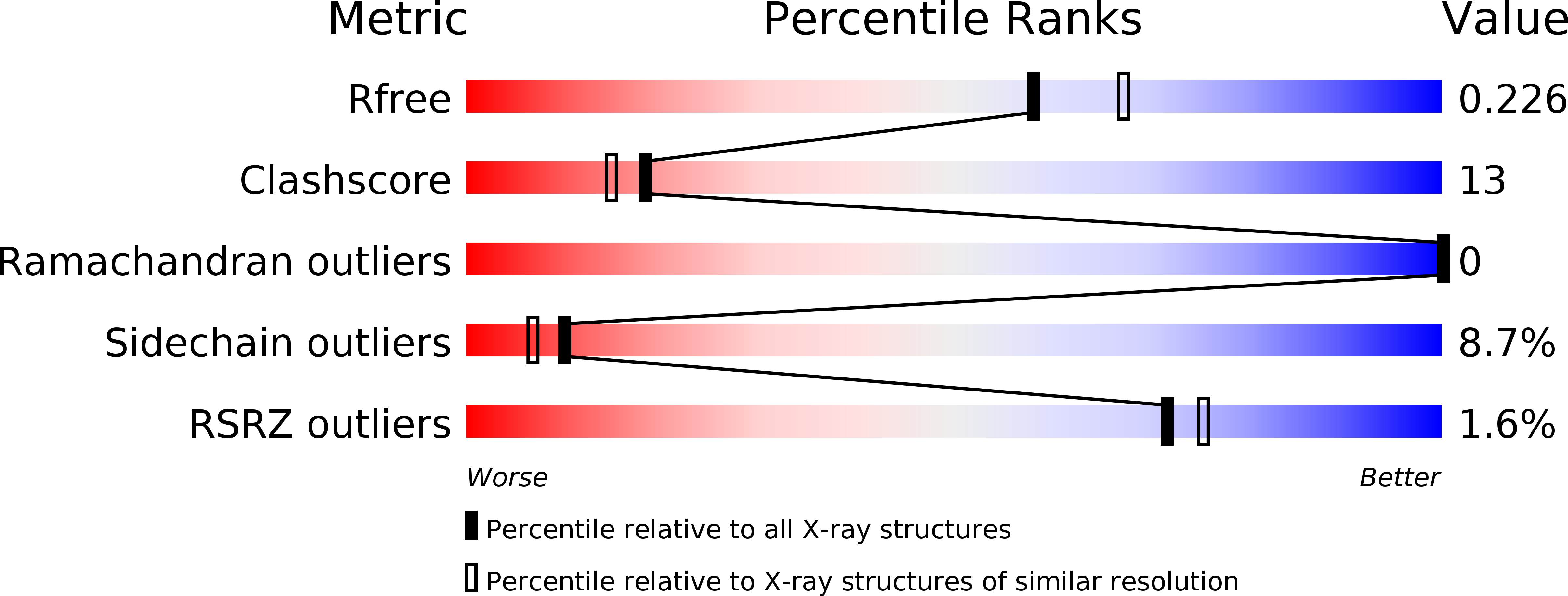
Deposition Date
2007-03-06
Release Date
2007-09-25
Last Version Date
2024-04-03
Entry Detail
PDB ID:
2EHB
Keywords:
Title:
The structure of the C-terminal domain of the protein kinase AtSOS2 bound to the calcium sensor AtSOS3
Biological Source:
Source Organism:
Arabidopsis thaliana (Taxon ID: 3702)
Host Organism:
Method Details:
Experimental Method:
Resolution:
2.10 Å
R-Value Free:
0.25
R-Value Work:
0.21
R-Value Observed:
0.21
Space Group:
P 21 21 21


